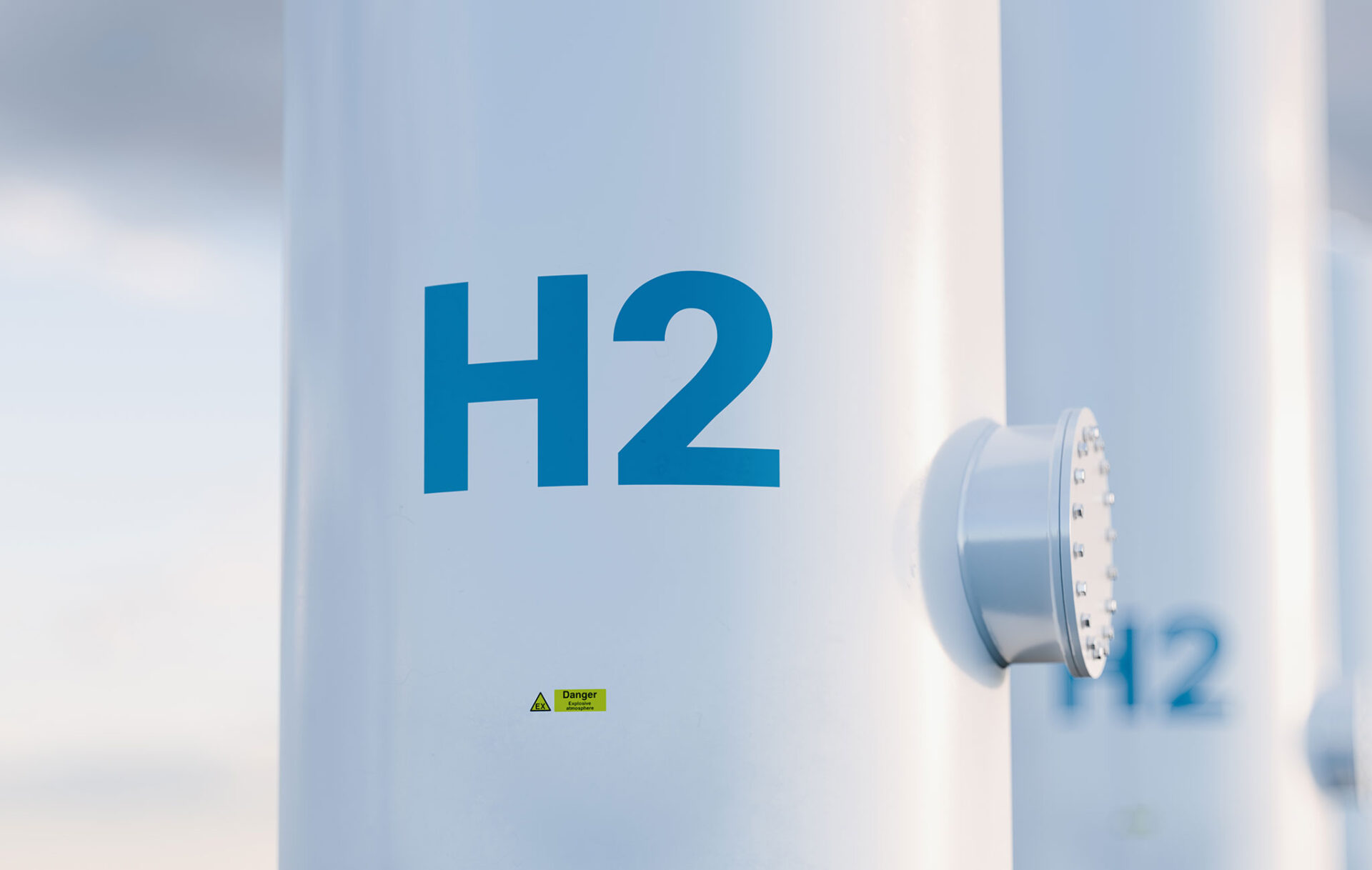– indications of a possible solution where large underground salt caverns each having the ability to store over 2,000 tonnes of the compressed gas.
Dehghanpour and his team were awarded $500,000 from Alberta Innovates’ Hydrogen Centre of Excellence for evaluating the possibility, with roughly another $500,000 from industry partners, the Natural Sciences and Engineering Research Council as well as the Mitacs Accelerate Grants Program.
Dehghanpour also indicated that to the best of his knowledge they will be the 1st lab in the country running tests on salt rocks for the storage of hydrogen and if everything is positive in their lab work, field trials are set to begin in 2 years where storage caverns will start operation in roughly 5 years.
The Hydrogen Roadmap also points out that, the global market for hydrogen is estimated to be valued at over $2.5 trillion for each year by 2050, particularly in North America, the Asia Pacific region together with Europe.
Alberta is hoping to become a leading source of the fuel for the local markets as well as other parts of the globe that hope to decarbonize, while lowering its own carbon footprint as well. The province is already the nation’s biggest producer of hydrogen, given its application for decades in improving bitumen to synthetic crude oil.
In the last 50 years, over 100 salt caverns in Alberta have already been utilized in the storage of natural gas along with other hydrocarbons, however hydrogen presents unique challenges, according to Dehghanpour. Its molecule size is less, which is the smallest for all elements. This can possibly give it a greater ability to penetrate cavern walls, and the gas has a higher explosive nature.
Following years among the hydraulic fracturing industry, Dehghanpour indicated that he and his industry partners are certain that natural gas caverns have the ability to be repurposed for hydrogen. Changing to large-scale hydrogen formation, enough storage capacity will be essential for protection against changes in supply and demand.
“If down the road we convert green electricity from wind and solar to hydrogen, we probably won’t need that much for residential heating during the summer — the excess has to go somewhere.”
The 1st hurdle is attempting to find out the correct size, shape as well as depth for optimal caverns, where some of them are up to 2km deep, up to 60m in diameter as well as up to 80m in height. All of that has an impact on the stress and pore pressure from the surrounding rock.
“We have to make sure the hydrogen doesn’t leak through the cavern walls, where it could react with brine and other minerals,” said Dehghanpour, potentially ending contaminated.








